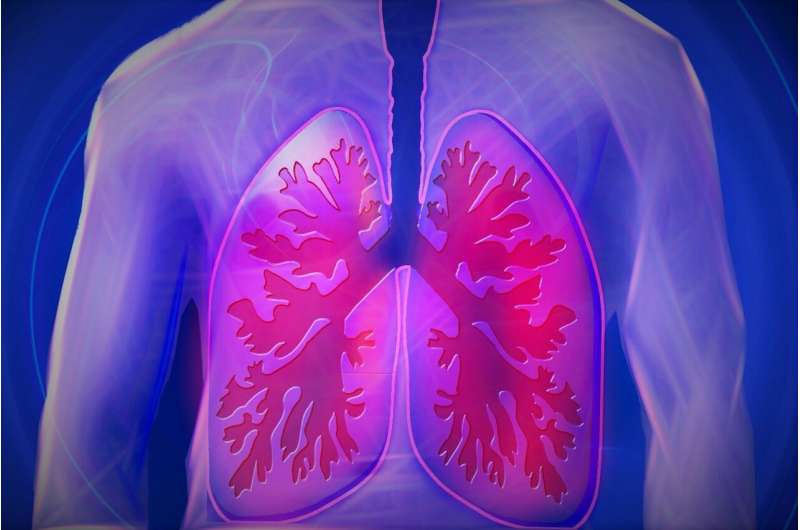Addressing Childhood Chronic Pain: The Role of School Nurses in Management and Care

A significant portion of children suffer from chronic pain impacting their daily lives. Training school nurses and community health providers in pain management strategies offers a promising solution to improve access and long-term outcomes for affected children.
Chronic pain conditions such as joint pain, headaches, stomachaches, and fibromyalgia are often associated with adults, but they are actually common among children as well. Surprisingly, about 25% of children experience persistent pain that can significantly impact their daily lives. Contrary to the belief that childhood is a time of optimal physical health, many young individuals face long-lasting pain conditions. For instance, some children suffer from migraines so severe that they are unable to attend school or engage with peers.
As a licensed pediatric pain psychologist, I focus on developing psychological care strategies tailored for children with chronic pain. Effective treatment options exist, but access remains a challenge, especially for families living far from major medical centers or lacking sufficient insurance coverage. To bridge this gap, efforts are underway to train school nurses and community health providers to deliver such care, making pain management more accessible at the community level.
Chronic pain in children is persistent, with many experiencing symptoms into adulthood. It disproportionately affects children from lower-income families, who often face greater barriers to healthcare, safety concerns, and increased exposure to violence. The consequences of untreated pain include frequent school absences—about one in five school days missed—and subsequent impacts on academic achievement, with many children less likely to graduate high school. Coinciding mental health issues such as anxiety and depression are also common. Additionally, childhood chronic pain is linked to a higher risk of opioid use later in life, raising significant public health concerns.
Traditional pain medication approaches, like ibuprofen or acetaminophen, are generally ineffective in managing long-term pain in children. Evidence shows that medications alone do not help children return to their normal routines, including school and recreational activities. The most supported treatment modality is cognitive behavioral therapy (CBT), which teaches children about pain mechanisms, problem-solving skills, relaxation techniques, and activity pacing. Unlike short-term medication relief, CBT has been shown to produce lasting improvements, enabling children to manage their pain better and restore their functioning.
Research has demonstrated the effectiveness of CBT in managing various childhood pain syndromes, such as functional abdominal pain and childhood-onset lupus. These interventions not only alleviate pain but also reduce associated anxiety and depression. While web-based tools and mobile apps improve access to care, they are most effective when combined with provider-led treatment sessions, as fully automated online programs often have low completion rates.
Since many healthcare providers lack training in psychological therapies for pediatric pain, community-based strategies are essential. School nurses and other community health workers are often the first to encounter children with chronic pain. Programs are now being developed to train these providers in cognitive and behavioral techniques, empowering them to deliver effective pain management and support continued school attendance.
Our ongoing work aims to extend these training initiatives to rural and underserved communities, ensuring children everywhere can access pain relief strategies. By equipping more community providers with these skills, we hope to improve long-term health outcomes and foster resilience among children suffering from chronic pain.
Source: https://medicalxpress.com/news/2025-06-children-chronic-pain-school-nurses.html
Stay Updated with Mia's Feed
Get the latest health & wellness insights delivered straight to your inbox.
Related Articles
Boehringer Ingelheim Receives U.S. Approval for Innovative Lung Cancer Treatment
Boehringer Ingelheim has received FDA approval for zongertinib, a new oral treatment for HER2-mutant non-small cell lung cancer, offering hope for patients with limited options.
Breakthrough in Human Genetics: Insights from the 1000 Genomes Project Reveal the Most Detailed Map of Human Genetic Variation to Date
Recent advancements in long-read sequencing technologies have enabled scientists to generate the most comprehensive map of human genetic variation to date, enhancing our understanding of genetics in health and disease.
New ESC/EACTS Guidelines Enhance Management of Valvular Heart Disease
The ESC and EACTS have published updated guidelines for valvular heart disease, emphasizing minimally invasive treatment options, multidisciplinary care, and advanced imaging techniques to improve patient outcomes worldwide.
New European Urban Design Index Highlights Health and Well-Being Across 917 Cities
The Healthy Urban Design Index (HUDI) assesses 917 European cities to identify urban planning factors that influence residents' health and well-being, highlighting strengths and areas for improvement across cities of all sizes.



